I use entity framework 2.2.6. I have AddOrUpdate method. When client try to operate(insert or update) on entity I check if entity exist on db by unique values and I set old data id value to new data id value and I set it as updated. If not exist I set it as insert
public void AddOrUpdate(TEntity entity, Expression<Func<TEntity, bool>> predicate)
{
var oldEntity = Get(predicate);
DetachEntry(oldEntity);
if (oldEntity != null)
{
var idProperty = entity.GetType().GetProperties().First(x => x.Name == "Id");
idProperty.SetValue(entity, idProperty.GetValue(oldEntity, null));
Update(entity);
}
else
Add(entity);
}
When I try simple entity It works fine. But when I use very complex type I get following exception.
Database operation expected to affect 1 row(s) but actually affected 50 row(s). Data may have been modified or deleted since entities were loaded. See http://go.microsoft.com/fwlink/?LinkId=527962 for information on understanding and handling optimistic concurrency exceptions.
My complex type is like this.
public class FamilyMemberInfo
{
public int Id { get; set; }
public int AppealId { get; set; }
public int MemberId { get; set; }
public FamilyMember FamilyMember { get; set; }
public Appeal Appeal { get; set; }
public ICollection<FamilyMemberContact> Contacts { get; set; }
public ICollection<FamilyMemberCrime> Crimes { get; set; }
public ICollection<FamilyMemberDisease> Diseases { get; set; }
public ICollection<FamilyMemberPaymentLiability> PaymentLiabilities { get; set; }
}
After call AddOrUpdate method I look ChangeTraker every thing seem ok. And it generated very good query.
I can not find exception reason. I see familar errors on stakoverflow. But every solitions not work for me.
Edit
When I comment two child entities(it is not important which ones) everythink works fine




